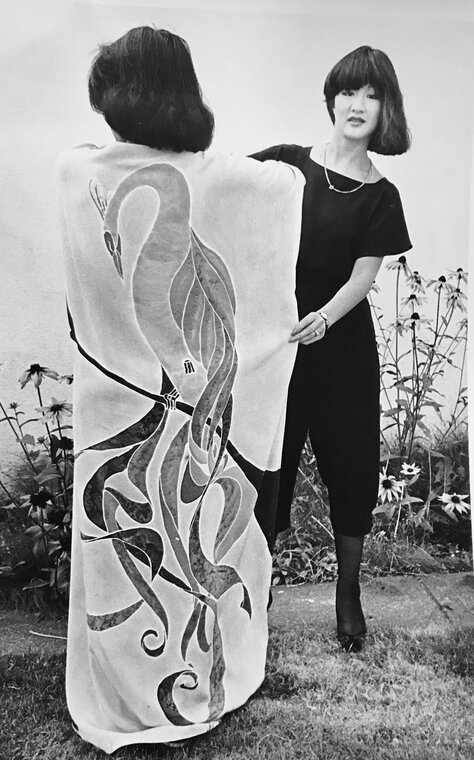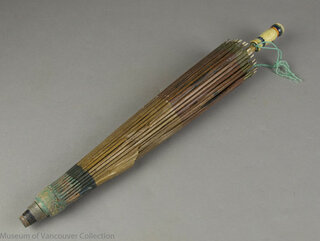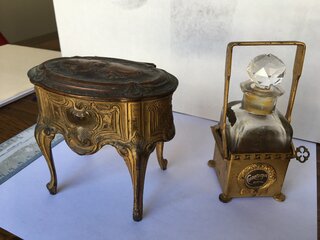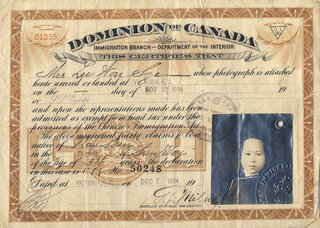
This photograph shows Cydney Mar with her hand-painted kimono. Cydney’s design of kimonos embodies a search for a new way of living that brings together Eastern and Western aesthetics, values, and lifestyles. Kimono can be a confining dress when being worn in a traditional way. However, when entering Western women’s wardrobes, it was reconstructed into a loose-fit garment to provide a sense of freedom and flexibility. Kimonos promoted a new relationship between the dress and the female body that was drastically different from Western conceptions of femininity. In North America, clothing emphasized the wearer’s body curves with an exaggerated slim waist and wide hips. However, Japanese kimonos prioritized decorative designs over the “hourglass” shape of the body. These garments relied on the choice of colour, fabric and pattern to perform the wearer’s identities. Therefore, wearing kimonos enabled Western women to experience empowerment and pleasure. Cydney’s design echos the lived experiences of diasporic Chinese Canadian women, where their lifestyle and taste became the result of the mixing and hybridization of Asian and Western cultures.






